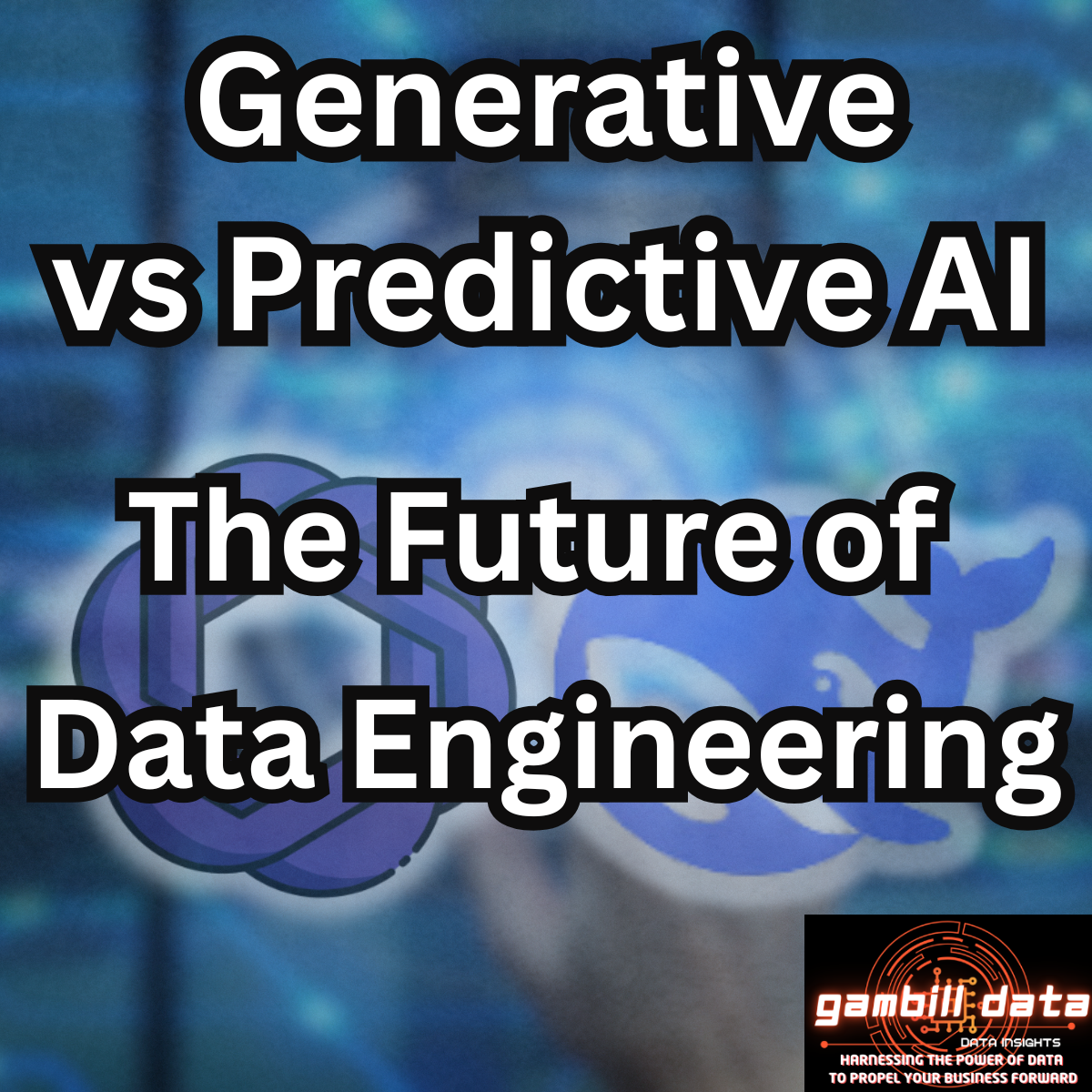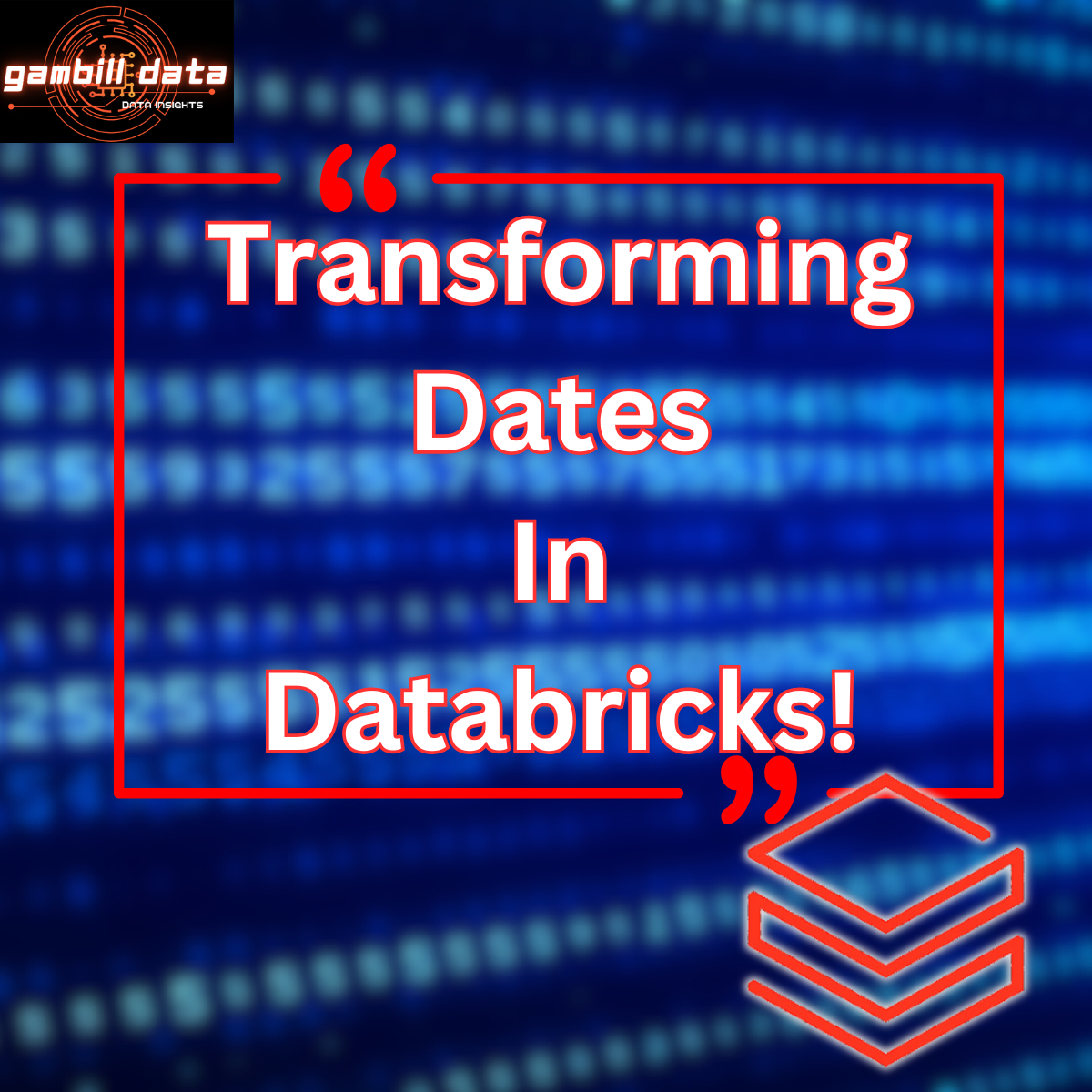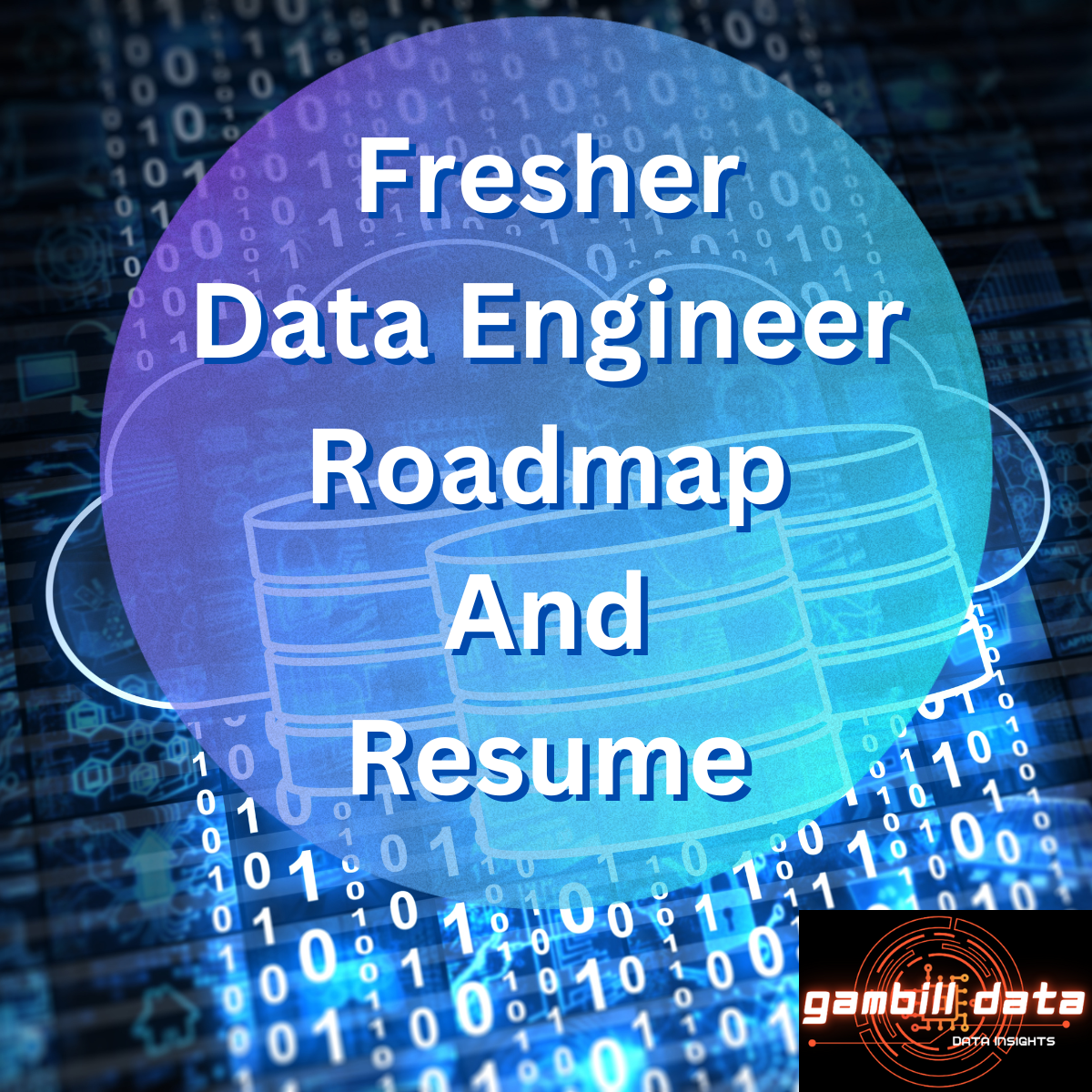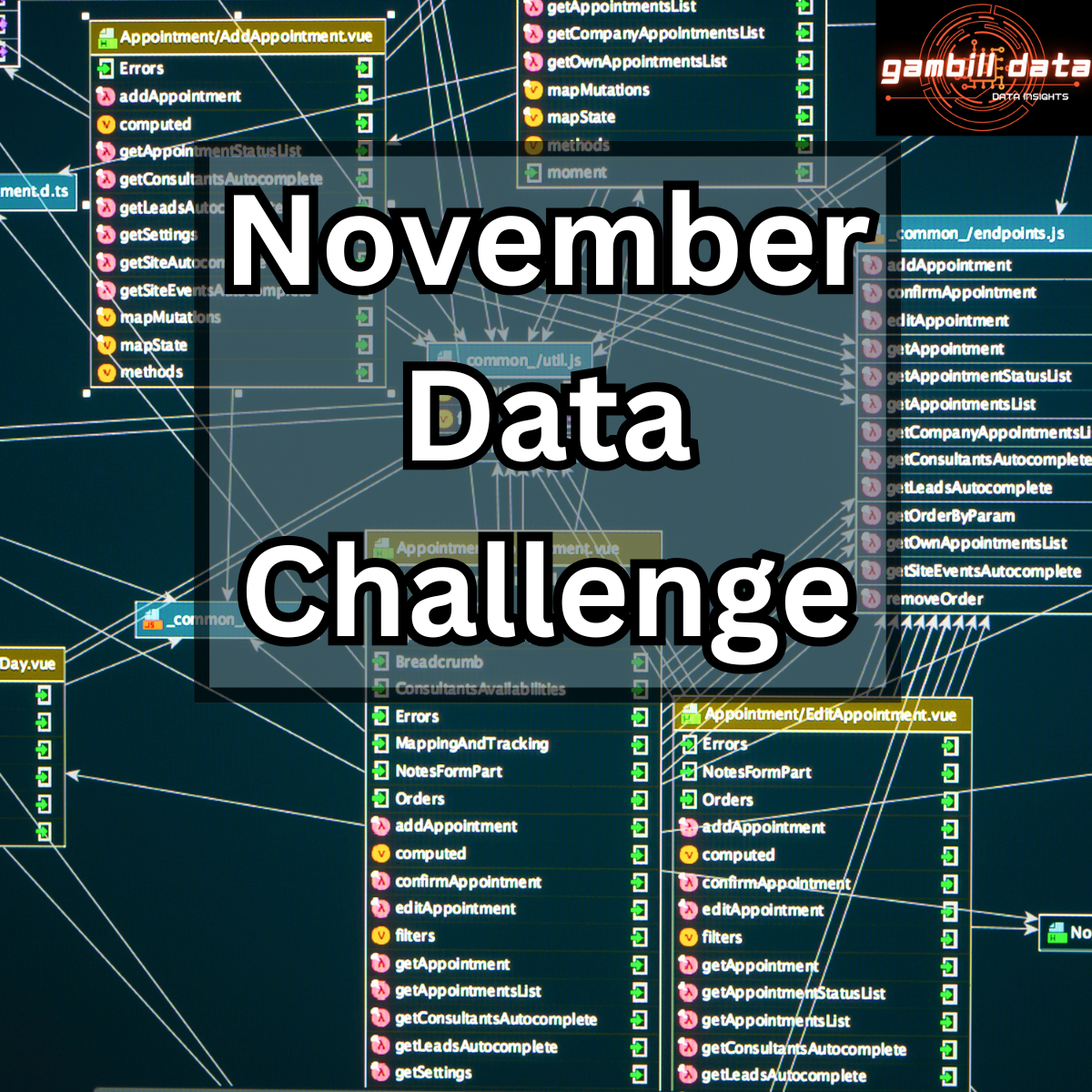
5 Common Pitfalls Every New Data Engineer Faces
Starting your journey as a data engineer can feel exciting and overwhelming at the same time. You're learning new skills, building your first pipelines, and discovering just how messy real-world data can be. But don’t worry—you're not alone! I've been there, and today I'll walk you through five common pitfalls that new data engineers often face, along with practical advice on how to avoid them.

You Are NOT Ready for a Senior Data Engineer Role!
So, you’ve been writing SQL, building pipelines, maybe even mentoring a junior teammate here and there…
You’ve got experience. You’re good at what you do. But here’s the hard truth:
You are NOT ready for a senior data engineer role—unless you’ve done the hard part.
And the hard part?
It’s not mastering another tool. It’s not adding one more cloud cert.
It’s about proving that you can think, lead, and deliver like a senior.
Let me explain…

Gambill’s Gauntlet: Master Data Engineering Interviews One Question at a Time
I’ve created Gambill’s Gauntlet … born from my 25+ years of experiencing both sides of the interview table. This isn’t just another tutorial series. It’s an interactive weekly challenge designed to transform interview anxiety into interview mastery.
Each week, you’ll face authentic interview questions that have stumped even seasoned engineers

Automating EDA & Handling Schema Drift: From Excel to Python
If you've ever imported a dataset only to find that column names have changed, critical fields are missing, or dates are stored in different formats, you've experienced schema drift. Manually inspecting these differences in Excel is fine for a few files, but what if you have hundreds of datasets spanning multiple years?

Automating Data Pipelines with Python Classes and Functions
Handling new CSV files manually can be time-consuming and prone to errors. If you've ever had to inspect a CSV file, determine its schema, create a table, and then load the data manually, you know how tedious it can be. In this post, I’ll walk you through a Python class that automates this entire process—from reading a CSV file to dynamically creating a staging table and loading the data into a database.
This solution is great for data engineers and analysts who need a flexible, reusable approach to handling structured data.

6 Data Skills That Will Get You Hired in 2025!
The world of data engineering is evolving at a exponential pace. Companies are handling more data than ever, and they need talented data professionals who can optimize performance, automate processes, and communicate insights effectively. If you want to land a high-paying job in data engineering in 2025, these are the six transformational skills that will set you apart from the competition.

5 Must-Know Tools for Data Engineers in 2025
The data engineering landscape is evolving fast, and if you want to stay ahead in 2025, you need to master the right tools. Some of these have been industry staples for years, while others are gaining traction as must-know technologies. And at the end, I’ll introduce you to a brand-new tool that could change the face of data engineering!

Deepseek and Mage AI: Transforming Data Engineering
Artificial Intelligence is a vast field with many moving parts—and not all AI is created equal. In today’s data-driven world, two paradigms are often talked about: generative AI and predictive AI. Although these terms might seem interchangeable to some, they serve very different purposes. In this article, we’ll explore the key differences between generative and predictive AI, discuss their unique roles in data engineering, and highlight innovative tools like Deepseek and Mage AI that are helping businesses modernize their operations.

The DP-203 Retirement and the Rise of DP-700 Fabric Data Engineer Exam
Big news for data engineers! Microsoft is retiring the DP-203 exam at the end of March 2025, and in its place, they’re introducing the DP-700 Fabric Data Engineer certification. If you're working in the Azure ecosystem, this shift marks a significant change in the way Microsoft envisions the future of data engineering. In this blog, we'll break down what’s happening, why Microsoft is making this change, and whether DP-700 is worth pursuing.

How to Ace Your Data Engineering Interview: Top Questions and Winning Answers
Preparing for a data engineering interview? This guide breaks down the most common technical, soft skills, and problem-solving questions you’ll face—and provides winning answers to help you stand out. Learn how to:
Write efficient SQL queries and optimize performance.
Answer soft skills questions using the STAR method.
Design scalable data pipelines for real-time processing.
Craft a standout answer to ‘What makes you unique?’
Whether you’re an aspiring data engineer or a seasoned professional, these tips will help you walk into your interview with confidence and walk out with the job offer. Save this article for your next interview prep!

The Genius Behind WHERE 1=1: Why It’s More Than a SQL Quirk
If you've been working with SQL for any amount of time, you’ve probably stumbled across WHERE 1=1 in a query and thought, what’s the point of this? I’ll admit, the first few times I saw it, I was frustrated. It seemed redundant, pointless, and, frankly, a waste of space.
But over time, I realized that WHERE 1=1 (and its sibling, WHERE 1=0) are more than just quirky SQL statements—they’re actually incredibly practical in certain scenarios. Let’s break down why they exist and how you can use them effectively in your SQL workflows.

Automate Your QuickBooks Data Integration with Python: A Step-by-Step Guide
Managing data from QuickBooks can be challenging, especially if you're working with multiple entities like customers, invoices, payments, and vendors. That's where this Python script comes in! It automates the process of pulling data from QuickBooks and loading it into a SQL Server database, ensuring your data is centralized and ready for analysis.
In this blog, I’ll explain how the script works, what it’s good for, and how you can use it to streamline your data workflows.

SQL Joins: Master Data Insights & Ace Interview Questions
Master SQL Joins with this comprehensive guide. Explore INNER, LEFT, RIGHT, and FULL OUTER JOIN, avoid pitfalls, and ace interview questions. Download the SQL script for hands-on practice.

Why Excel Will Always Be King (and What Data Professionals Can Learn From It)
Imagine this: you’ve spent weeks designing a state-of-the-art dashboard. It has interactive visualizations, drill-down capabilities, and real-time updates. You proudly present it to your business users, only to hear the inevitable question:
“How do I export that to EXCEL?”
If you’ve ever worked in data, you’ve likely faced this scenario. No matter how advanced our tools become, Excel remains the backbone of many business workflows. It’s not just a tool; it’s a language most business users speak fluently. As data professionals, it’s crucial to understand why Excel remains indispensable and how to work with it effectively—not against it.
In this post, we’ll explore:
Why Excel continues to dominate business workflows.
How to bridge the gap between Excel and modern data platforms.
Practical tips for data professionals to thrive in an Excel-first world.

How AI and Data Engineering Are Shaping the Future of Work in 2025
The O'Reilly 2025 Tech Trends Report is out, and it delivers a fascinating glimpse into the future of technology and careers. One of the standout findings? Data engineering skills experienced a 29% increase, highlighting their critical role in powering AI applications.
In a world increasingly driven by AI, data engineering serves as the backbone for innovation, ensuring that data is accurate, accessible, and actionable. But what does this mean for professionals, and how can we embrace these trends to future-proof our careers?

Transform Dates and Ensure Data Quality With Databricks & PySpark
Messy date formats can wreak havoc on your data pipelines, causing errors, failed joins, and unreliable insights. Whether you’re dealing with inconsistent formats like YYYY-MM-DD, MM/DD/YYYY, or text-based dates like 'Oct 25th', cleaning and standardizing dates is crucial for ensuring data quality.
In this blog post, we’ll explore how to handle date formatting challenges using Databricks and PySpark. From parsing text-based dates to converting Excel serial numbers, you’ll learn practical techniques to clean your data and build reliable pipelines.

Data Engineering Roadmap and Fresher Resume Guide: Your Blueprint to Success
Are you looking to start your career in data engineering but don’t know where to begin? Or maybe you’re struggling to build a resume that stands out as a fresher? You’re not alone. Breaking into data engineering can feel overwhelming, with so many skills to learn and technologies to master. That’s why I created the Data Engineer Honeycomb of Traits—a visual guide to help you map out your journey. In this post, I’ll walk you through the roadmap, provide actionable tips, and even share a sample project-based resume to help you land your first role.

Fix Messy Date Formats in SQL: A Complete Guide
Messy date formats in SQL can frustrate even the most seasoned data professionals. If you've ever found yourself dealing with YYYY-MM-DD from one source, MM/DD/YYYY from another, and quirky formats like '12th Dec 2024', you're not alone! Fortunately, SQL has powerful tools to handle these inconsistencies, ensuring your data is clean and ready for analysis.

November Data Challenge: Optimizing SQL Queries for Year-End Reports
As we approach the end of the year, data engineers are often tasked with preparing large-scale reports that provide insights on business performance. These reports can involve complex queries, requiring efficiency to avoid long processing times. This month’s code challenge focuses on optimizing SQL queries to handle high data volumes effectively.

5 Bad SQL Habits Self-Taught Data Professionals Need to Unlearn
Breaking these habits now will set you up for more efficient and professional SQL practices!

